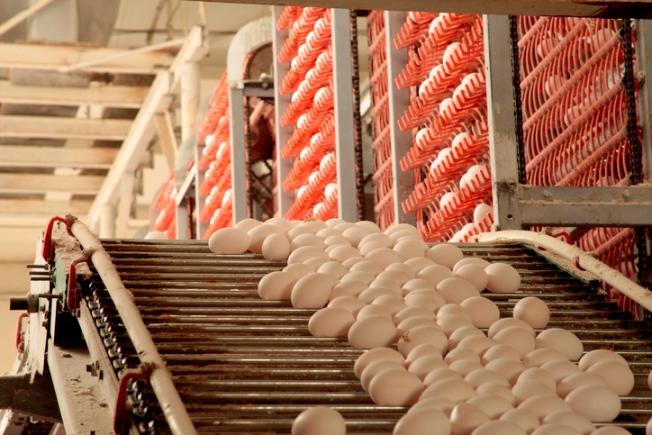As South Africa today reported another highly pathogenic H5N8 avian flu outbreak at a large commercial poultry farm, animal health officials from the United Nations are meeting with country officials this week to discuss how to battle the threat to southern Africa's poultry sector.
In January, Uganda reported Africa's first H5N8 detection, and since then, the virus has been detected in other African nations, spreading southward to the Democratic Republic of Congo, Zimbabwe, and South Africa.
H5N8 hits another South Africa farm
In South Africa, the latest outbreak struck poultry at a commercial farm in Mpumalanga province housing nearly 400,000 birds, according to a report today from the World Organization for Animal Health (OIE). Mpumalanga province is in the country's eastern region and is where the virus was first detected in the country in the middle of June.
The outbreak began on Aug 1, killing 301 birds. The flock is slated for culling and the facility for disinfection, and veterinary authorities have isolated the area and ordered enhanced surveillance. So far investigators haven't pinpointed the source of the outbreak.
Meeting to set response actions, timeline
Outbreaks in southern Africa are a threat to the incomes and food supply of millions of families in the region, the UN Food and Agriculture Organization (FAO) regional office for Africa said today in a statement. It said policymakers from the region, including those from the Southern Africa Development Community, are meeting in Johannesburg this week to share information and assess current and long-term response steps.
David Phiri, the FAO's subregional coordinator for southern Africa, said in a statement, "The poultry sector is vital in the region because poultry meat and eggs provide affordable sources of high-quality animal protein to millions of people in the region. Poultry production is also a major source of income for many, particularly rural women and youth."
Authorities in Zimbabwe and South Africa have culled about 1 million birds between them, and South Africa is destroying about 1 million eggs a day from affected farms, the group noted.
The FAO said the bird flu threat comes as southern African countries are recovering from food shortages from 2015 to 2016 that resulted from weather events and insect problems. It noted that Zimbabwe and South Africa have systems in place to detect outbreaks at commercial farms, unlike on the region's smaller farms and for those who raise backyard poultry.
Because of the threat, health officials have already held two meetings, one in February and one in May. The FAO said at the May meeting, country officials were pressed to beef up their ability to detect, prevent, and quickly respond to outbreaks.
The FAO said at the meeting this week, which wraps up tomorrow, that country officials are expected to spell out actions and a timeline to quickly curb the spread of the virus. The agency is providing to affected countries emergency response kits that contain protective equipment and diagnostic testing materials and has deployed technical experts.
See also:
Aug 3 OIE report on H5N8 in South Africa
Aug 3 FAO statement





















